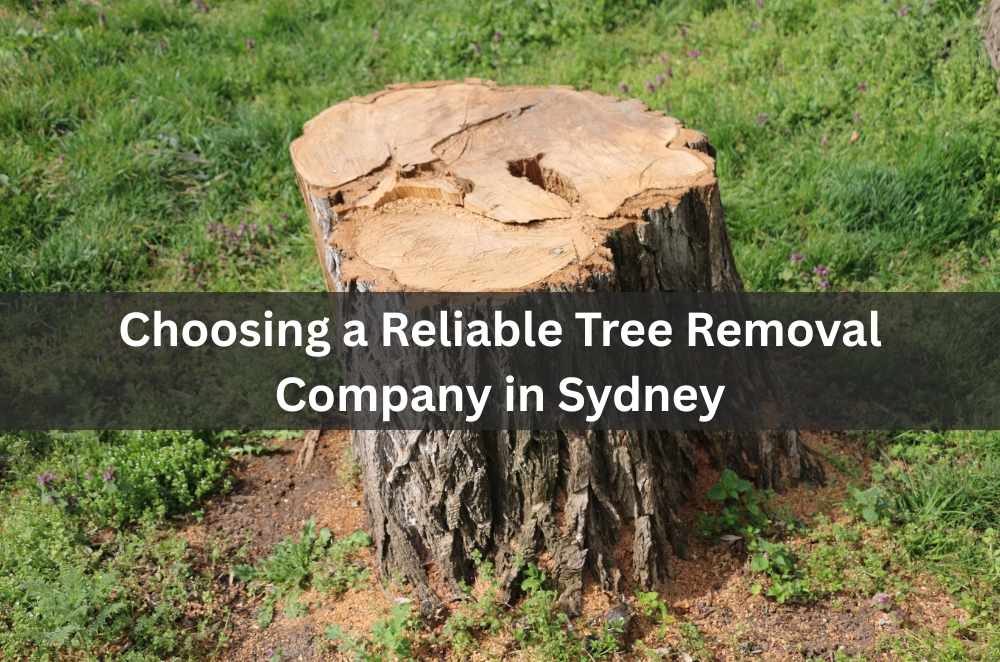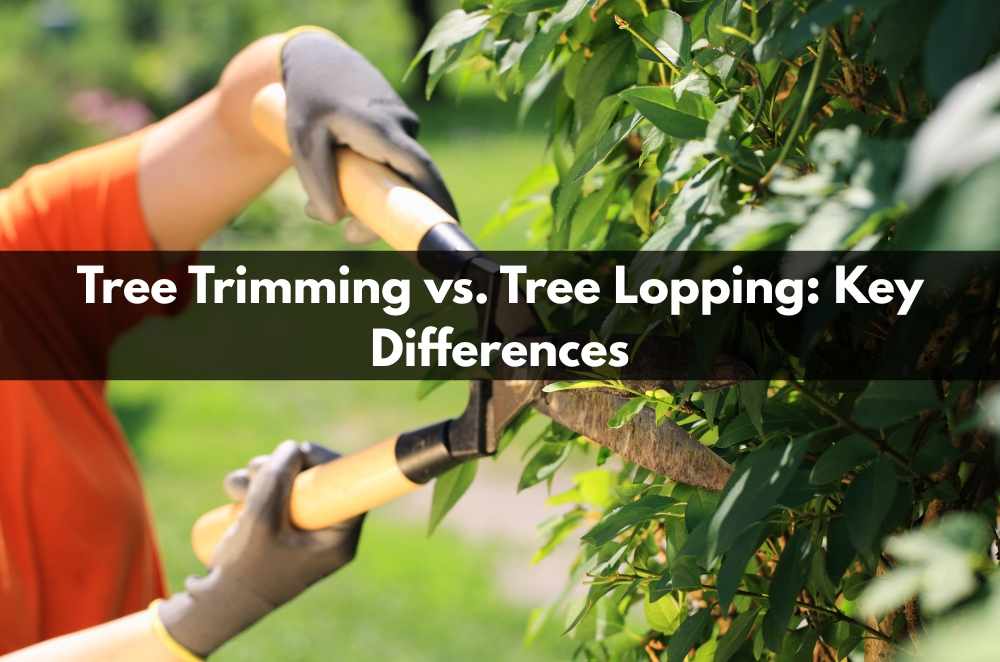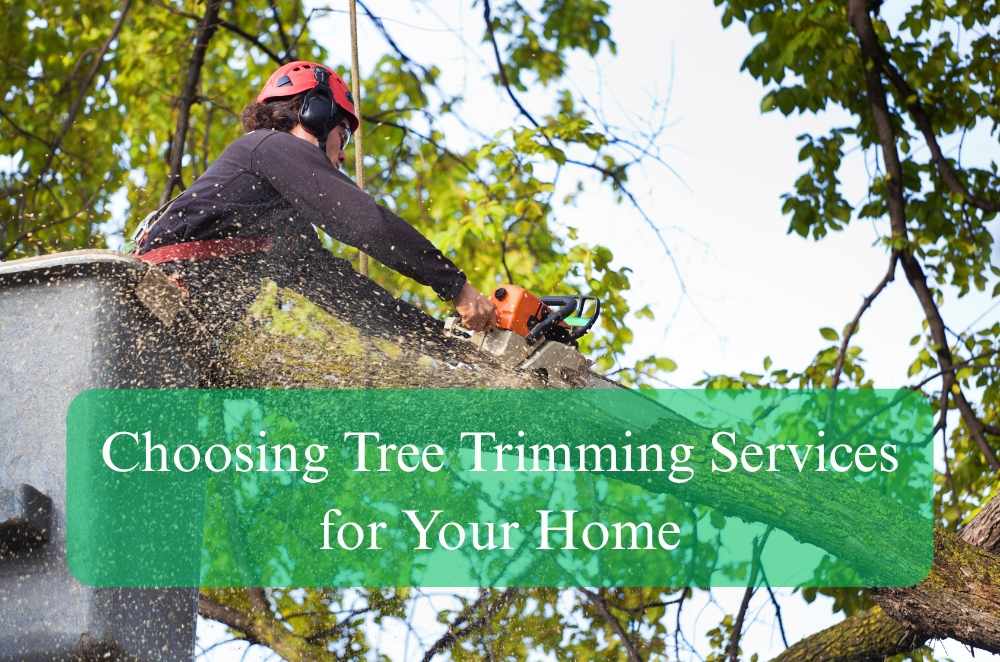
Australian winters bring more than just shorter days and icy winds — they also reveal the structural truths about the trees surrounding our homes. With leaves gone, limbs exposed, and damp weather setting in, it’s often during winter that underlying issues with trees come to light.
After a particularly stormy July weekend a few years ago, I woke up to a massive branch sprawled across the driveway. That was the moment I called in an arborist in Melbourne to check the rest of the yard — and what he found was worrying.
That visit didn’t just prevent more damage. It gave me a new appreciation for winter as the perfect time to assess tree safety. Whether it's a private garden, rental property, or shared block, winter is when your trees are most honest — and that’s when a qualified arborist becomes essential.
The quiet risks winter hides in plain sight
Winter slows everything down, including trees. But while growth pauses, risk often ramps up.
Most homeowners don't realise how quickly small problems escalate in cold weather. Cold snaps can create contraction in tree bark, heavy rains saturate soil, and wind shear strains branches that may already be weak or diseased. When you’re dealing with native species like eucalyptus, bottlebrush or banksia, they might look hardy but can still drop limbs or even collapse if left unchecked.
Here are some common cold-weather hazards an arborist can help prevent:
Sudden limb drop due to internal rot and weight-bearing stress
Hidden trunk damage from past storms or poor pruning
Branches interfering with power lines after windstorms
Weakened root systems caused by excess soil moisture
Structural instability in trees that haven’t been inspected in years
A professional inspection might uncover a fungal infection at the base of a seemingly strong tree or insect damage burrowed deep into the trunk. These conditions often go unnoticed until a wind event exposes them, sometimes violently.
Local council policies every homeowner should know
Before any serious pruning or tree removal, you’ll need to understand what your local council allows. Melbourne residents, for example, are subject to specific regulations about native trees, canopy sizes, and protected species. And these rules don’t go away just because a tree becomes risky.
In my case, I was lucky — the branch that fell wasn’t from a protected species. But when the arborist reviewed the rest of the yard, he flagged one tree that couldn’t legally be removed without approval. That’s when I learned about the Melbourne council tree policy.
Why it matters:
Permits may be required for trimming, pruning or removing trees above a certain height or trunk diameter
Fines can apply if work is done without council consent
Some tree species are heritage-protected under local planning schemes
Your arborist can help you understand and navigate these rules
Working with an arborist familiar with your council’s regulations ensures you don’t get caught out. It also means you’re managing your property responsibly, both legally and environmentally.
Winter inspections give your trees a healthier future
You might think inspections are only needed after damage is visible, but winter proves otherwise. With less foliage in the way, arborists get a clear view of a tree’s branch structure, trunk health, and root exposure. It’s the best time to get a professional eye on your landscape.
A winter inspection can be surprisingly thorough, and it's often guided by a tree inspection guide tailored to your property layout and tree species.
During winter inspections, arborists typically assess:
Structural stability and branching angles that predict future limb failure
Signs of decay, such as hollow trunks, fungi, or sap seepage
Past pruning quality — checking for stubs or cuts that haven't healed properly
Pest damage, like beetle bore holes or termite activity
Encroachment issues, where tree growth affects neighbouring properties or power lines

Pruning during winter is also less stressful on trees. With no active growth, wounds seal more efficiently, and there's less chance of sap loss or disease spread.
From a long-term perspective, regular winter inspections can prevent costly removals and promote better canopy health. I now book one every June — it's become a routine, like servicing the heater.
Tree care tips for year-round resilience
Not every property needs major pruning or removal. In fact, many winter issues can be managed with a few simple, preventative habits.
If you're maintaining your trees in between arborist visits, consider the following:
Mulch strategically — not directly against the trunk, but in a wide doughnut shape
Avoid overwatering — damp soil is common in winter and can suffocate roots
Don't tie anything to trees — even birdhouses or garden hoses can damage bark
Observe regularly — look up after heavy rain or wind and check for changes
Document what you see — take photos to track tree condition over time
For broader maintenance, you might find additional urban tree care tips valuable, especially if you're in a shared housing complex or managing a commercial space.
The key is consistency. Trees may be low-maintenance, but they’re not no-maintenance.
Final thoughts: The best time to protect your trees is now
Winter may be quieter, but it’s also more revealing. Trees that look fine during spring growth can show their weaknesses during the cold months. Calling in a professional arborist in winter gives you a safer property, healthier trees, and peace of mind for the storm season ahead.
I’ve seen firsthand how a simple winter inspection can stop a serious accident before it starts. And that kind of foresight? It’s the kind that lasts long after the leaves come back.







Write a comment ...